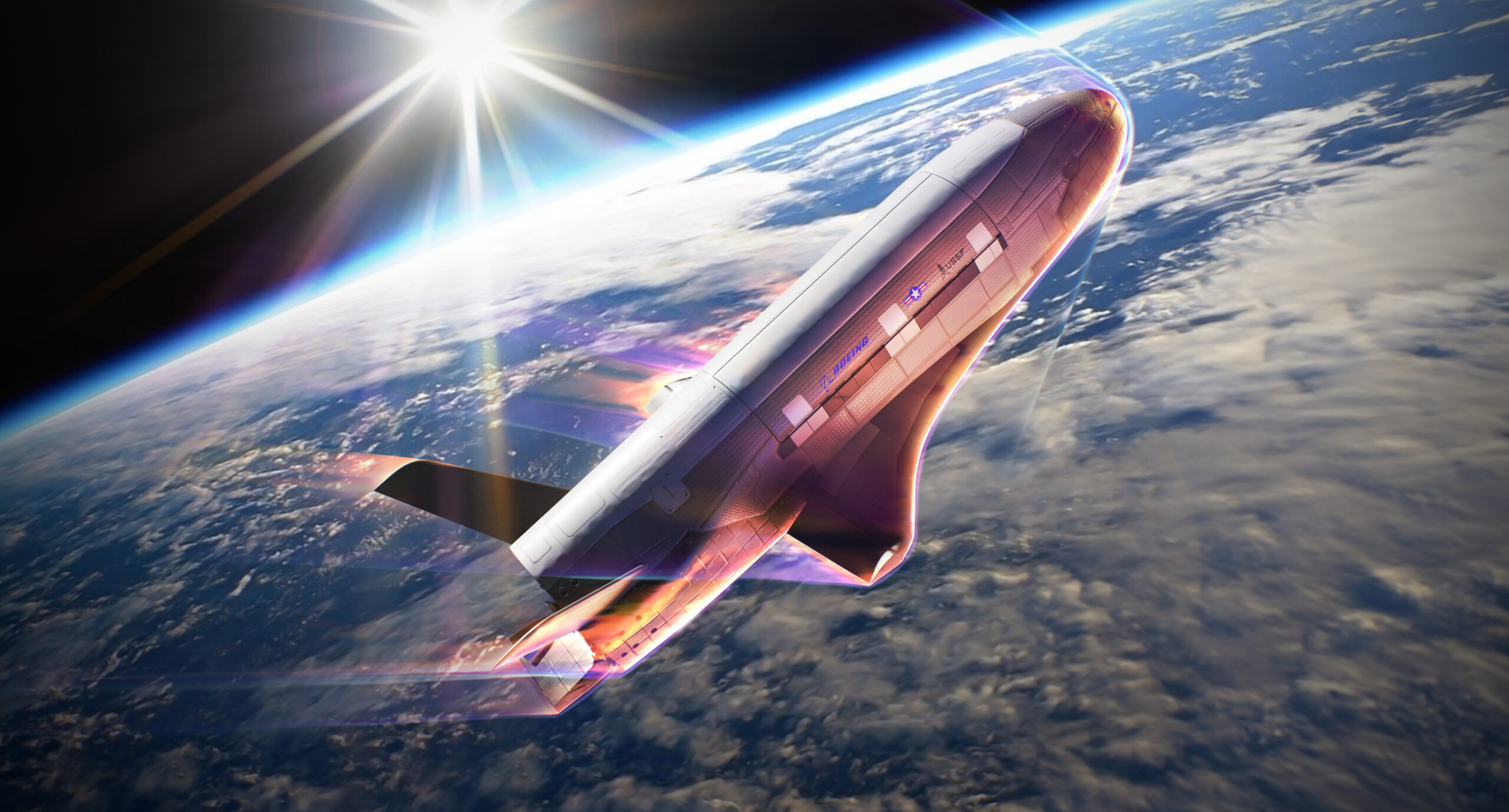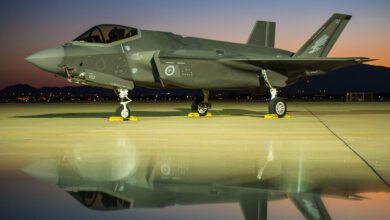The US Space Force will soon test the ability of its experimental X-37B spacecraft to rapidly change orbits using what it calls “aerobraking maneuvers” in space.
During the test, the X-37B will utilize the drag of Earth’s atmosphere to slow down, allowing it to swiftly move into a lower orbit with minimal reliance on propulsion engines.
This maneuver conserves fuel, enabling extended mission duration and range.
“This first-of-a-kind maneuver from the X-37B is an incredibly important milestone for the US Space Force as we seek to expand our aptitude and ability to perform in this challenging domain,” Chief of Space Operations Gen. Chance Saltzman noted.
In addition to changing orbit, the upcoming test will demonstrate the spacecraft’s ability to safely dispose of its service module components, adhering to recognized standards for space debris mitigation.
Driving Innovation Forward
Boeing’s X-37B is an orbital test vehicle designed to operate in low-Earth orbit, approximately 150 to 500 miles (241 to 804 kilometers) above the Earth.
Unlike other spacecraft that use aluminum, it was built with a lighter composite structure, reducing overall weight and improving fuel efficiency.
According to Boeing Vice President for Space Mission Systems Michelle Parker, the upcoming test could validate the X-37B’s position as a leader in innovation within a “vast and unforgiving” testing environment like space.
“There is no other space platform as capable, flexible, and maneuverable as the X-37B, and its next demonstration will be another proof point that this test vehicle sets the pace of innovation,” she stated.
If successful, the test could unlock dynamic space operations, which are crucial for countering hostile space assets, such as satellites.












